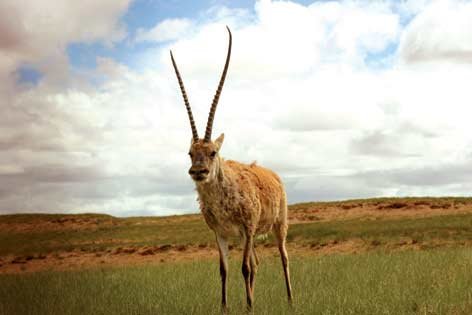
Pantholops hodgsonii
Tibetan antelope, long-horned sheep
In the 2008 Beijing Olympic Games, the mascot Fuwa Yingying is a cute Tibeta···
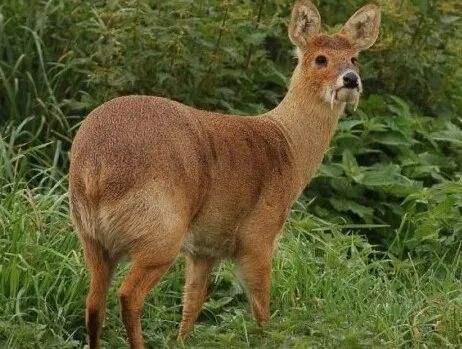
Moschus chrysogaster
Musk deer, musk deer, mountain musk deer
I have heard that musk deer are the best medicine in the world. As long as m···
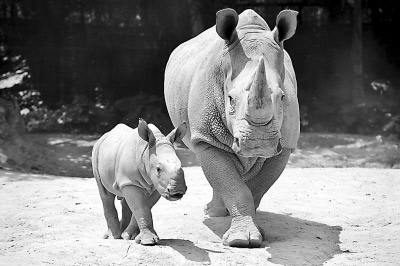
Ceratotherium simum
White rhino, square-nosed rhino, broad-nosed rhino
The white rhino is not white. In fact, the body color of the white rhino is ···
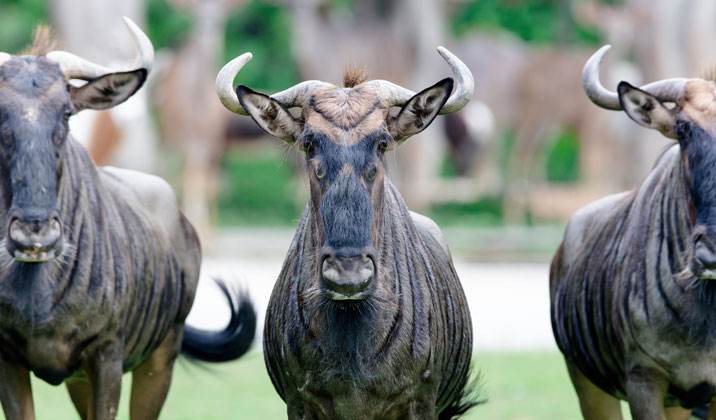
Connochaetes taurinus
Blue wildebeest, black-tailed wildebeest, black-bearded wildebeest, South African wildebeest, southern wildebeest, black-spotted wildebeest
The blue wildebeest has a sturdy body and its coat is dark blue or gray-blue···
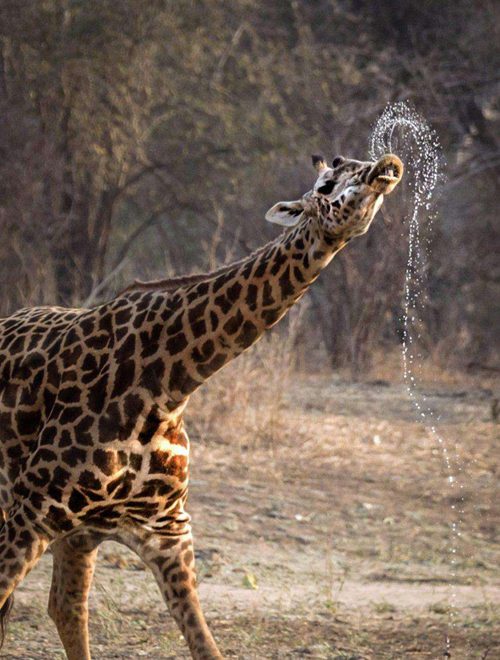
Giraffa
Kirin, Kirin Deer, Long-necked Deer
Giraffes are the tallest animals in the world today. Their long necks stand ···
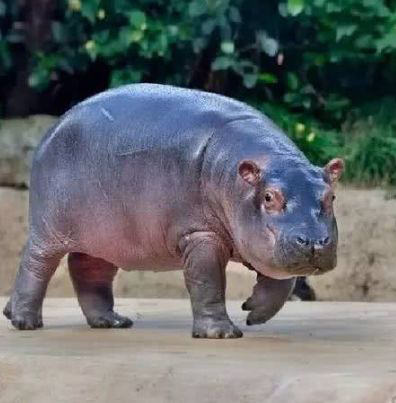
Choeropsis liberiensis
Hexaprotodon liberiensis,pygmy hippopotamus,pygmy hippopotamus,dwarf hippopotamus
The hippopotamus actually has a cousin that is nearly ten times smaller than···
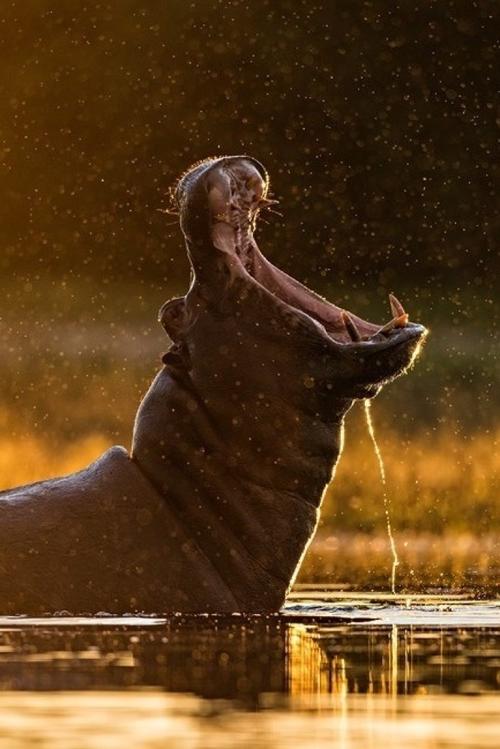
Hippopotamus amphibius
Nile Hippopotamus, Pig of the River
Hippopotamus are large herbivores second only to elephants and rhinos in siz···
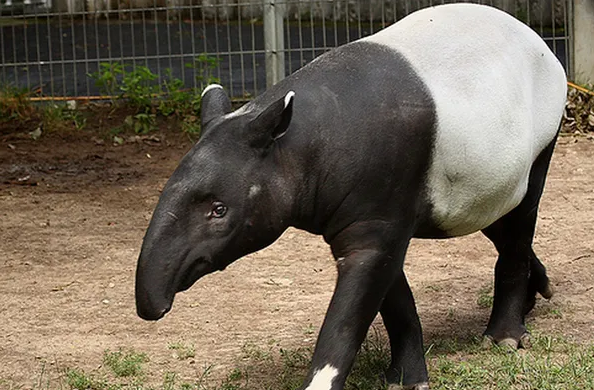
Tapirus indicus
Asian tapir,Indian tapir
The body color of an adult Malay tapir is the classic "black and white&···
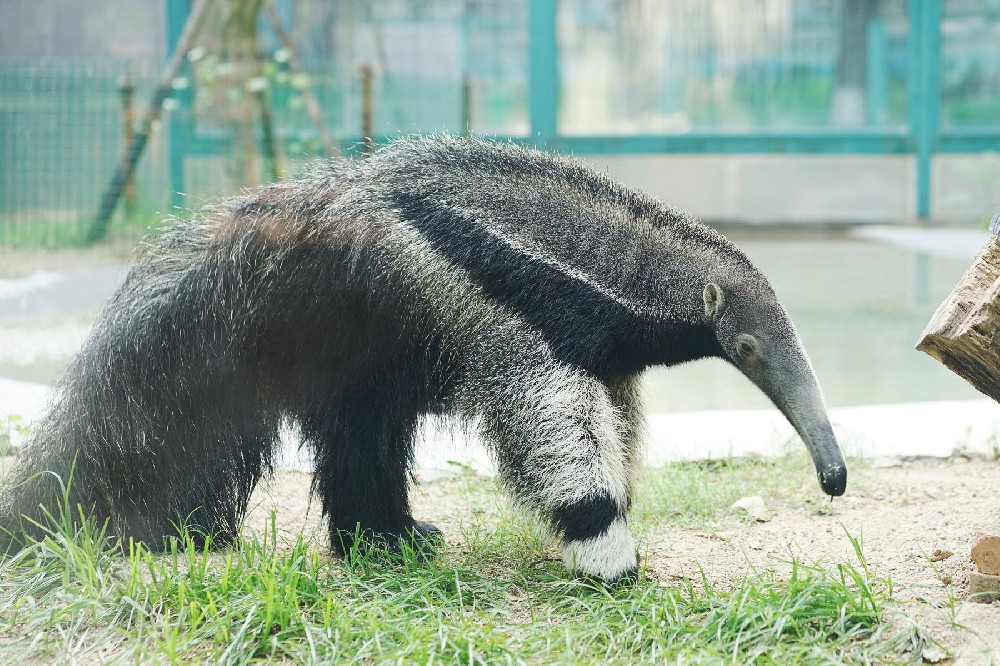
Giant anteater
Myrmecophaga tridactyla
Giant anteaters may occupy territories as large as 9,000 hectares. Communica···
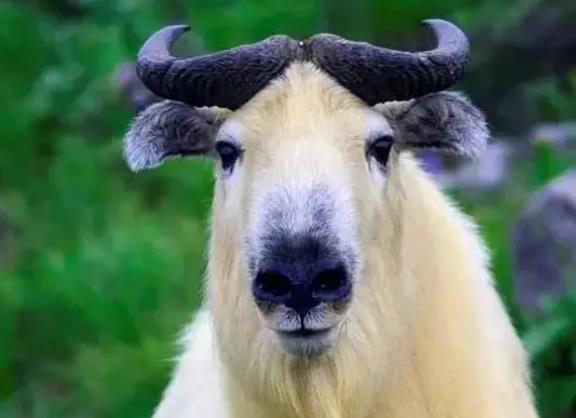
takin
Takin,wildebeest,golden takin
Takin is a large bovine herbivore distributed in the dense forests of the ea···
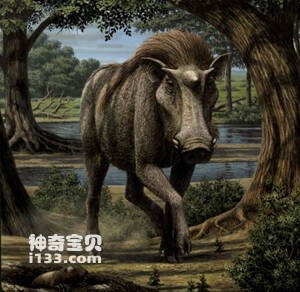
kubanochoeres
kubanochoeres
kubanochoeres are a group of large, mound-toothed pigs that once lived in th···
